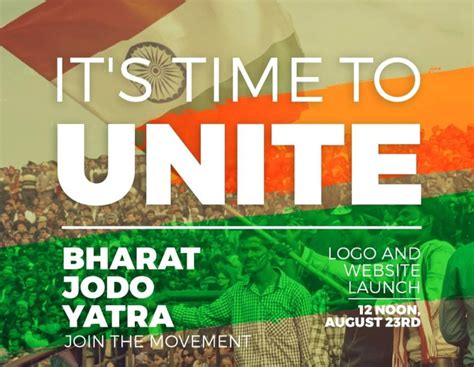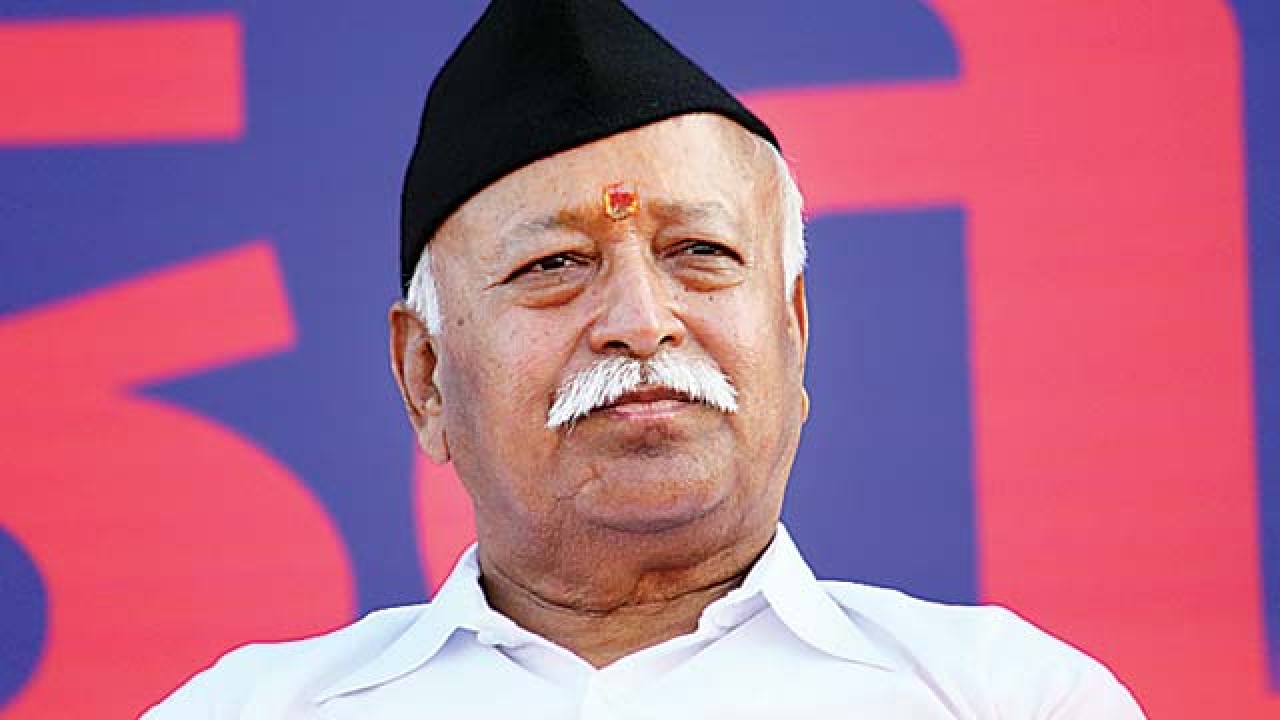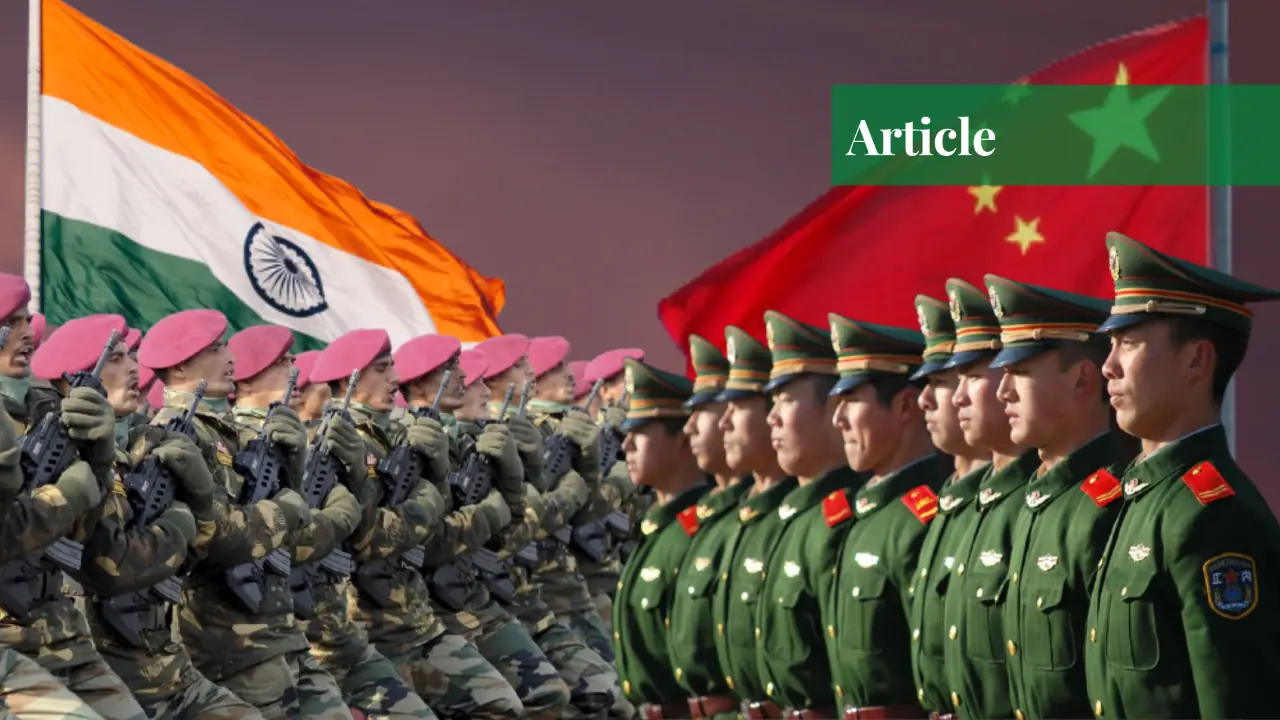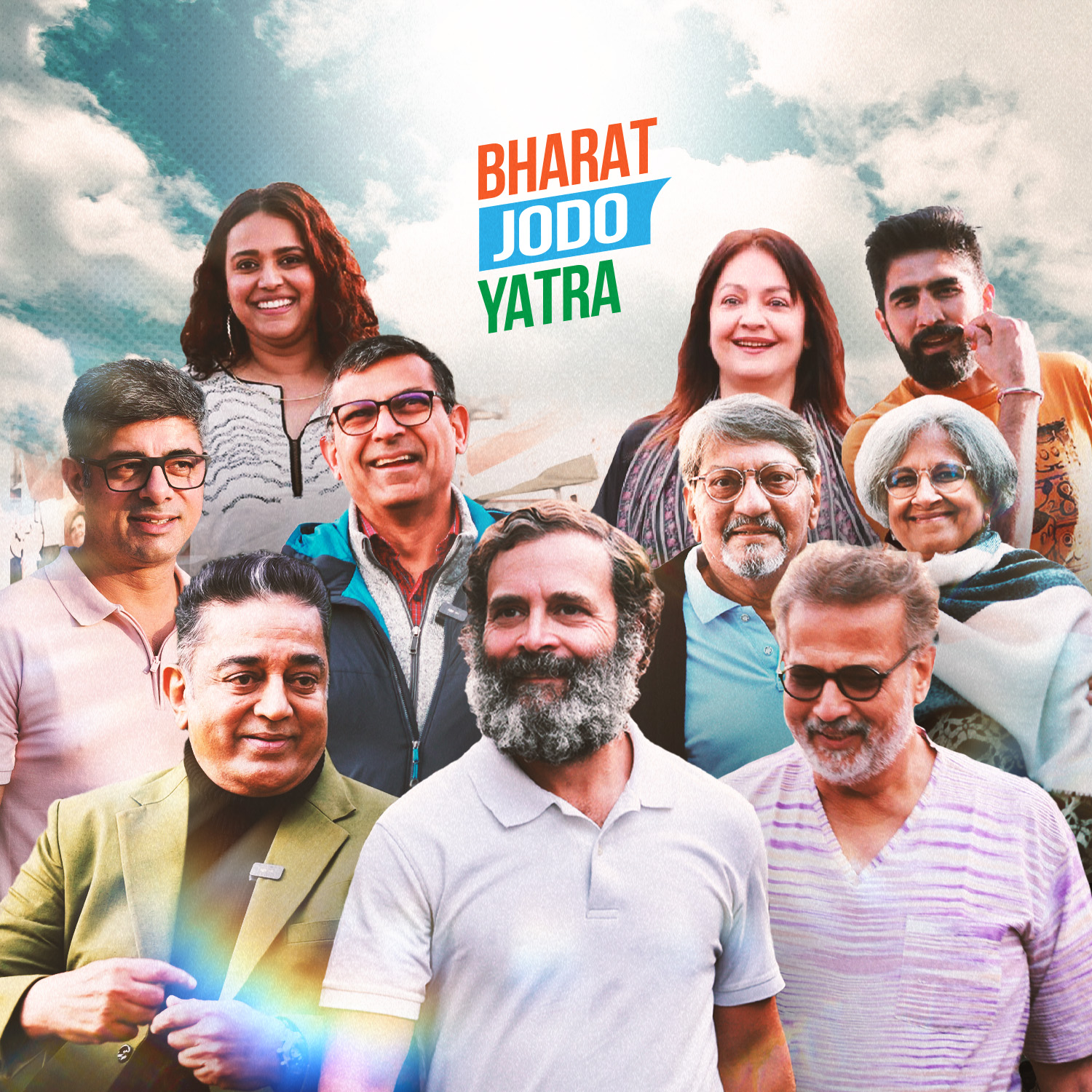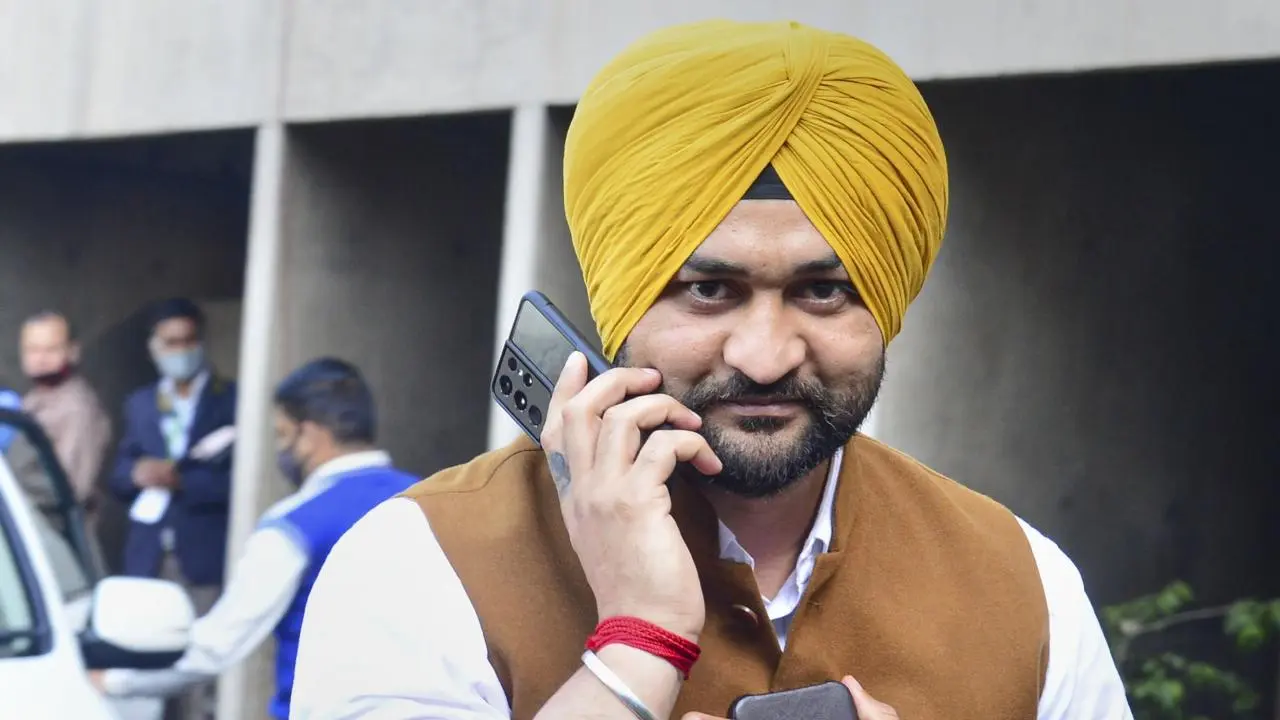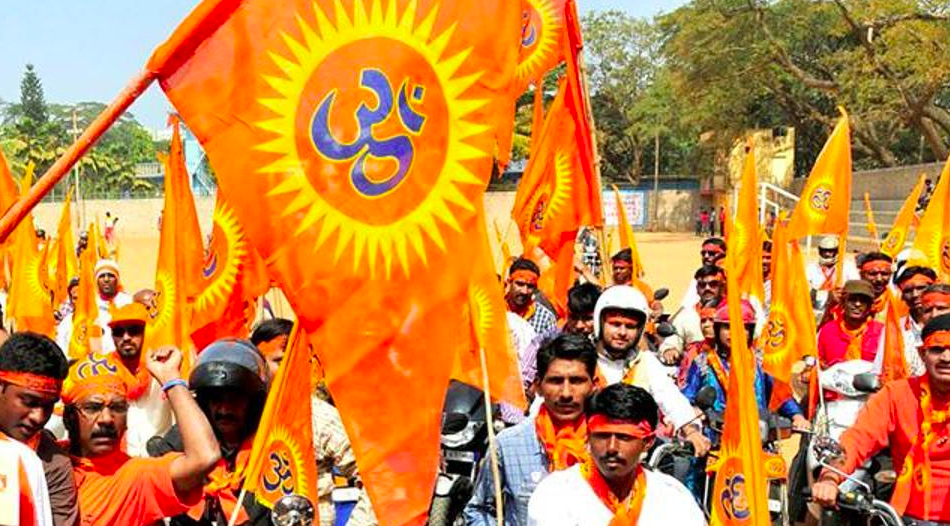Vinayak Damodar Savarkar and Mahatma Gandhi are both figures from Indian history who were influential in the Indian independence movement. However, their ideologies and methods were quite different.
Savarkar was a Hindu nationalist and a prominent figure in the Hindutva movement. He advocated for a Hindu-dominated India and was a vocal critic of Islam and the Muslim community. He also called for the use of violence to achieve Indian independence.
Gandhi, on the other hand, was a leader of the Indian National Congress and a champion of nonviolence and civil disobedience. He believed in the power of peaceful protest and noncooperation to bring about change, and he worked to unite people of different religions and castes in the struggle for independence.
Savarkar and Gandhi had a contentious relationship, with Savarkar criticising Gandhi’s methods as ineffective and Gandhi condemning Savarkar’s ideology as divisive and harmful.
Gandhi and Savarkar are currently discussed in the media for various reasons. India gave the monument of Mahatma Gandhi to the United Nations in New York City. It was put in place at North Lawn Garden in December with the goal of removing discrimination while fostering diversity and peaceful coexistence.
In the meantime, the Karnataka government displayed pictures of the seven leaders, including Gandhi and Savarkar, in the legislature. This portrayal of the revolutionary Savarkar, who suffered from injustice all of his life, inspired his followers. In contrast, Karnataka Congress leaders organised a sit-in outside the assembly to advance the Gandhi vs. Savarkar dichotomy. The year 2022 eclipsed the other years in this pointless comparison between these two unmatched freedom warriors that has grown in recent years. Rahul Gandhi appears to have a significant role in it. His 25-year sentence was renewed by the British administration, and this custom was continued in independent India by locking him up again. Rahul Gandhi is making a concerted effort to emulate Nehru in this situation.
The execution of Nathuram Godse and Narayan Apte in the assassination case was opposed by Gandhi’s two sons, Manilal and Ramdas. In a fruitless attempt to meet with them in the jail and share Bapu’s viewpoints, Vinoba Bhave and Ramdas attempted. Gandhian activists from all over the globe had informed the authorities of his philosophy and demanded the release of the criminals in opposition to the death sentence. In order to demonstrate how the rules should be followed, the then-Governor General of India, C. Rajagopalachari, Prime Minister Nehru, and Home Minister Patel chose to disregard their leader’s opinion. Due to their utter powerlessness in Ukraine, Gandhi still seems to be the subject of power politics today. Once the requirement to forgive Godse and company has been met, only then may one recall or use his name. Since the end of January 1948, his followers have made a concerted effort to expose their identities with his approval. Savarkar will be distant from others who are unable to do so much.
He was well-known for his innovative ideas and for having invested in the business that Godse and Apte used to run in order to produce journals like “Agrani” and “Hindu Rashtra.” Its antagonism to the Gandhian way of thinking has a history of its own. He was imprisoned as the primary conspirator in the murder case as a result of it. But at the trial court presided over by Judge Atma Charan, the state was unable to support its claim. The Kapur Commission made the same error again by straying from its stated objectives. It was brought before the parliament in 1969, and the refusal to hold a discussion about it sparked the long-standing practise of treating Savarkar unfairly.
The Supreme Court addressed the problem in 2018—about fifty years later. Then, in order to convict Savarkar in the killing of Gandhi, one might assert that they are the highest authority while citing the Kapur Commission’s findings. Some Catholics in the United States, like James Douglass and Martin Luther King Jr., engaged in satyagraha politics. Following the killing of King, Douglass spoke out against nuclear weapons in the 1970s. But in the twenty-first century, he has become a victim of politics, as illustrated by the Gandhi v. Savarkar controversy. Like Justice JL Kapur, he wanted to delight in anything other than discovering the truth. Although Savarkar’s bodyguard Appa Kasar and personal secretary Gajananrao Damle had what they claimed to be proof, had they presented it in court, the State would have been made public. Despite the fact that the majority of the speakers were heard by Justice Kapur, he did not think to invite these two witnesses. In his book Gandhi and the Unspeakable: His Final Experiment with Truth, Douglass offers the same politics of Gandhi vs. Savarkar in a different bottle.
Gandhi’s assassination was likened to patricide by Savarkar. It will endanger India’s continued existence as a young country. That was the warning he gave. However, the police detained him and kept him behind bars for nearly a year. However, the relationship that Gandhi and Savarkar have had since 1906 defeated the plot. Even after the court cleared him, he was still being persecuted. In 1950, he was imprisoned once again at the urging of Pakistani leader Liaquat Ali Khan. He was ruled innocent and discharged after 100 days by the High Court panel presided over by Justice M.C. Chagla (Veer Savarkar by Keer, 431). The independent Indian government had done him wrong by subjecting him to this. The political establishment has kept using his name, much like Gandhi’s, for the purpose of power. As a result, it became a tool set.
Rahul Gandhi has been working hard to draw attention to the Gandhi vs. Savarkar contrast. He is unable to connect Savarkar to Gandhi’s murder because of the four-year-old Supreme Court ruling. In order to get attention from the general public and the media, he has made reference to Savarkar’s apologies in Maharashtra during the Bharat Jodo Yatra. An apology is a Gandhian notion in the truest sense.
The engagement of the Indian people in politics was one of Savarkar’s revolutionary beliefs. The Government of India Act of 1919 and the reforms of 1918 caused the situation to shift eight years after his incarceration. Due to India’s involvement in World War I, the British government issued an order to free all political prisoners. The requirement for an apology has been further diminished. Surprisingly, injustice persisted in his case at the hands of the independent Indian government and persisted even after the assassins of Gandhi had served their sentences.
Along with Gandhi vs. Savarkar, there is currently tension on the border with China. Savarkar and Gandhi were not the only victims of this type of politics; the nation and the entire globe also suffered. Tibet’s collapse was not prevented by the long-standing Salt Satyagraha demonstrations by Gandhian activists. While disregarding the two, Rahul Gandhi has adopted a confrontational stance toward China. Gandhi’s monument is about to be placed amid the political establishment that formerly held Savarkar in high regard. Savarkar and Ambedkar are still significant in the backdrop of Chinese expansionism. One may only hurt the interests of the country when they are ignorant of the facts. However, this polarisation may work to Congress’ advantage in the upcoming general elections.
It’s important to note that it’s not a fair comparison, as one is known for his divisive ideologies and the other for his unifying and peaceful freedom struggle. But the people using these comparisons for politics must understand the depth of what is at stake.



